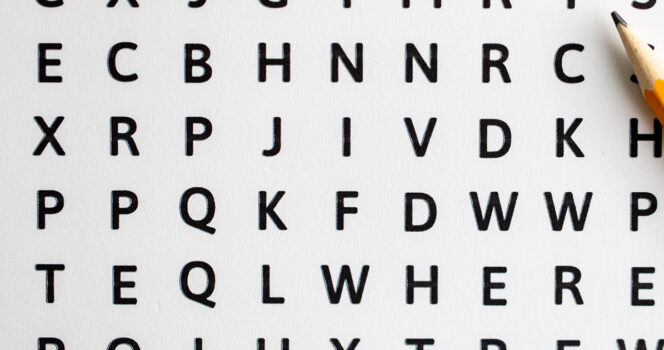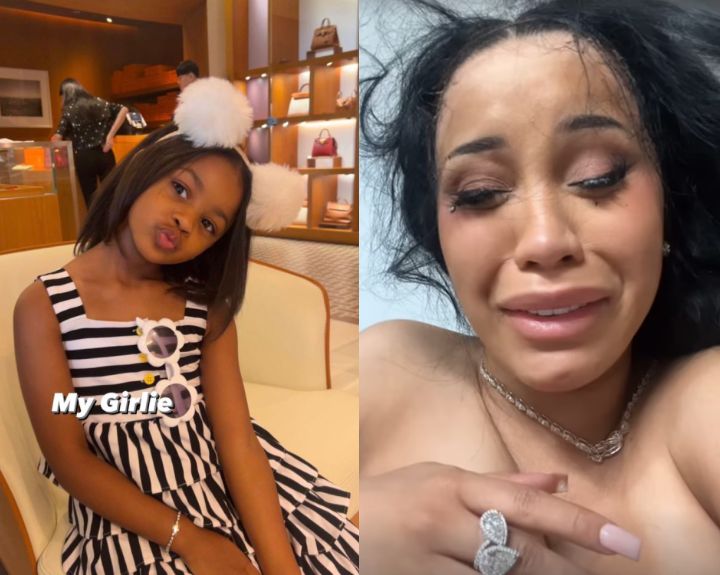Fashion is everywhere, constantly changing, but style is timeless. True style is personal. It’s about expressing yourself in a way that feels authentic and enduring. While fashion trends come and go, your style remains yours.
Whether you are browsing photos, scrolling through social media, or flipping through magazines, there’s always inspiration—but also the risk of confusion. The pieces you love may not always suit your lifestyle, body type, or personality. Understanding the difference between fashion and style is the first step in creating a wardrobe that works for you.
Chapter 1: Fashion vs. Style
Many people confuse fashion with style, but they are very different:
- Fashion is transient, dictated by trends, designers, and seasonal collections.
- Style is personal, enduring, and unique.
Fashion can be a tool to explore style, but it should never define it. Understanding your personal style helps you make intentional choices and express yourself confidently.
Key Takeaways:
- Fashion is temporary; style is lasting.
- Personal style is about comfort, confidence, and authenticity.
- Experimenting with fashion helps clarify your style preferences.
Chapter 2: The History and Evolution of Fashion Styles
Fashion has evolved over centuries. From Victorian elegance to modern minimalism, each era contributed to the styles we see today.
- Classical fashion: Rooted in simplicity and elegance, influenced by European courts.
- Business / professional fashion: Developed with the rise of corporate culture in the 20th century.
- Chanel-inspired luxury chic: Coco Chanel revolutionized women’s fashion, emphasizing comfort and sophistication over rigid Victorian norms.
- Sporty / athleisure fashion: Evolved from practical sportswear to mainstream casual wear.
- Avant-garde and experimental fashion: Pioneered by designers like Alexander McQueen and Rei Kawakubo, challenging conventional norms.
Understanding these origins helps you see why certain styles feel timeless while others are more experimental.
Chapter 3: Discovering Your Personal Style
Step 1: Evaluate Your Lifestyle
Your style should match your daily activities:
- Office work → Business or classic style
- Creative industries → Avant-garde or eclectic style
- Casual lifestyle → Sporty or romantic style
Step 2: Assess Your Personality
Clothing communicates personality:
- Reserved → Classic, Chanel, or minimal
- Bold → Avant-garde or glamour
- Fun-loving → Fantasy or eclectic
Step 3: Take Inventory
Look at your current wardrobe:
- What do you wear most?
- What items never get used?
- Which pieces feel authentically “you”?
Chapter 4: The Ten Key Fashion Styles Explained in Detail
1. Classic Style
- Timeless silhouettes
- Neutral colors, minimal accessories
- Celebrities: Audrey Hepburn, Grace Kelly
- Wardrobe essentials: tailored pants, blazers, simple dresses
2. Business / Professional Style
- Structured outfits, sharp tailoring
- Focus on suits, pencil skirts, and heels
- Best for office environments
- Celebrities: Amal Clooney, Meghan Markle
3. Chanel / Luxury Chic
- Tweed jackets, pearls, monochrome outfits
- Elegant and understated
- Celebrities: Coco Chanel, Kate Middleton
4. Romantic Style
- Soft fabrics, floral patterns, pastel colors
- Feminine, flowing dresses and skirts
- Celebrities: Taylor Swift, Lily Collins
5. Sporty / Athleisure
- Comfortable yet stylish
- Hoodies, sneakers, leggings
- Celebrities: Gigi Hadid, Selena Gomez
6. Avant-Garde
- Bold, artistic, unconventional
- Unique silhouettes and statement pieces
- Celebrities: Lady Gaga, Tilda Swinton
7. Folklore / Ethnic-Inspired
- Traditional patterns, embroidery, natural fabrics
- Cultural storytelling through clothing
- Celebrities: Solange Knowles, Tracee Ellis Ross
8. Fantasy / Cosplay-Inspired
- Playful, imaginative outfits
- Often for events, conventions, or creative expression
- Celebrities: Billie Eilish, Zendaya (red carpet inspired looks)
9. Diffuse / Eclectic
- Mix-and-match approach
- Combines colors, patterns, and textures
- Ideal for adventurous personalities
10. Glamour
- Bold, luxurious, red-carpet ready
- Sequins, satin, statement accessories
- Celebrities: Beyoncé, Rihanna
Chapter 5: Mixing and Matching Styles
Creating a versatile wardrobe involves combining elements from multiple styles. Examples:
- Classic + Glamour → Elegant evening outfits with timeless cuts
- Sporty + Avant-Garde → Statement sneakers with artistic layering
- Romantic + Eclectic → Floral dresses paired with bold accessories
Tips for Mixing Styles:
- Pick a base style for your outfit
- Add one accent piece from another style
- Balance proportions, colors, and textures
Chapter 6: Building a Timeless Wardrobe
Essentials for Every Style:
- Neutral basics: white shirts, black pants, tailored jackets
- Statement pieces: bold jackets, unique accessories
- Seasonal items: coats, sweaters, sandals, boots
Budget Tips:
- Invest in quality basics
- Mix affordable trendy items with timeless pieces
- Repurpose older pieces with creative styling
Chapter 7: Celebrity Style Inspiration
Celebrities often embody a style, making it easier to visualize and adopt elements:
- Audrey Hepburn → Classic elegance
- Meghan Markle → Business chic
- Rihanna → Glamour and avant-garde
- Billie Eilish → Fantasy and eclectic
Following celebrity inspiration can guide you without copying exactly.
Chapter 8: Avoiding Common Style Mistakes
- Buying items that don’t suit your body type
- Following trends blindly
- Ignoring comfort for style
- Neglecting wardrobe maintenance
Instead, focus on pieces that feel authentic, comfortable, and versatile.
Chapter 9: Seasonal Wardrobe Planning
- Spring: Light fabrics, pastels, and floral prints
- Summer: Breathable materials, bright colors
- Autumn: Layers, earthy tones, versatile jackets
- Winter: Coats, scarves, boots, and warm textures
Seasonal planning ensures your wardrobe is functional and stylish year-round.
Chapter 10: The Psychology of Clothing and Self-Expression
Clothing affects mood, confidence, and perception:
- Bright colors → Energy and positivity
- Neutral tones → Calm, understated elegance
- Bold patterns → Creativity and confidence
Understanding this can help you use style intentionally for self-expression.
Chapter 11: DIY and Budget-Friendly Fashion Hacks
- Alter older pieces to match current trends
- Mix high-end items with affordable fashion
- Use accessories to transform outfits
- Thrift shopping for unique, eco-friendly finds
Chapter 12: Putting It All Together
Finding your style is a journey. Key takeaways:
- Explore different styles to see what resonates
- Keep comfort and authenticity at the forefront
- Mix, match, and experiment without fear
- Build a versatile wardrobe with basics, statement pieces, and seasonal items
- Observe your reactions and adjust over time
Remember: fashion passes, style remains.
Conclusion
Discovering your personal style is more than following trends. It’s about self-expression, confidence, and authenticity. From classic elegance to avant-garde boldness, every style tells a story. Explore, experiment, and embrace your wardrobe as a reflection of your personality. Fashion will always change, but your unique style endures




